- +(86) 18681141326
- sales@polysmarts.com
- Building 2, No. 8, Guangbao Road, Qishi Town, Guangdong Province, CN
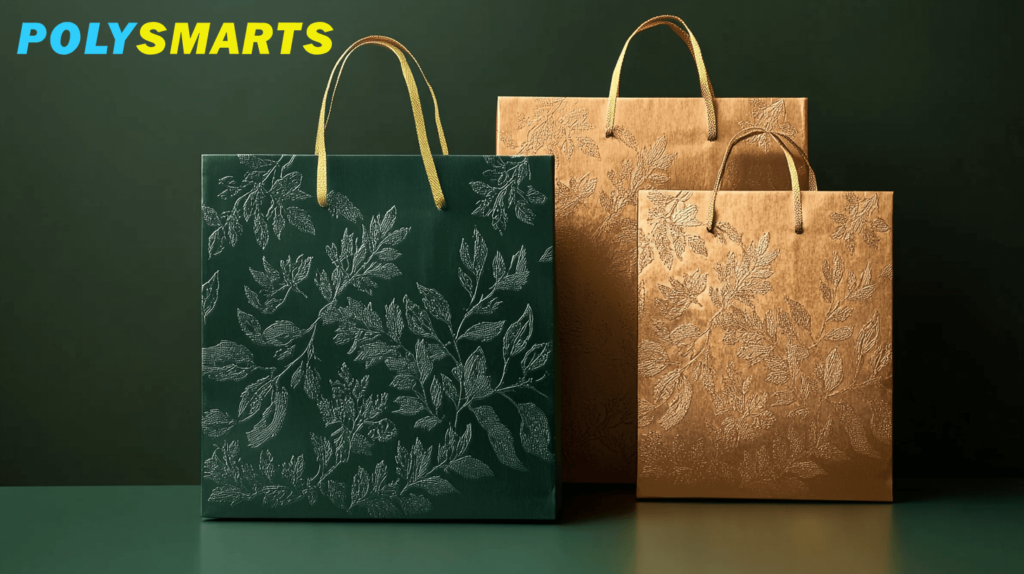
Embossing is a creative and elegant form of artistry that enhances visual appeal across various materials like paper, leather, metal, and more. Derived from the French word “bosse,” meaning bump, embossing creates raised patterns that add a unique tactile and visual dimension to products and packaging, making them stand out.
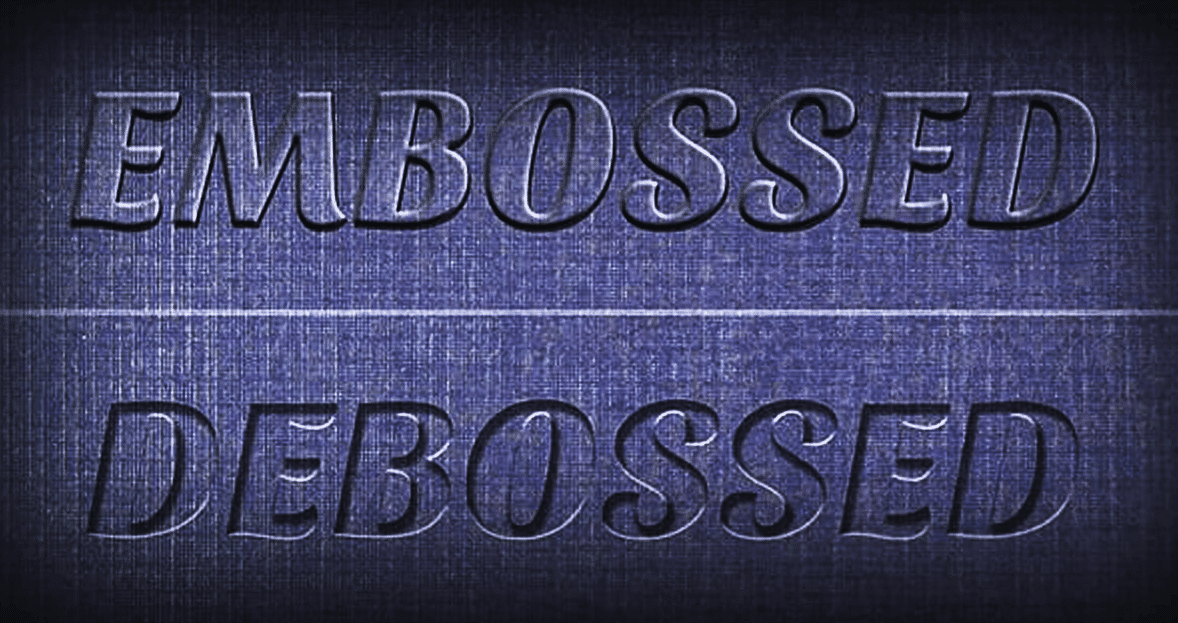
Embossing creates raised patterns, while debossing creates depressed patterns. Both techniques use dies to press designs into materials, enhancing their texture and appeal.
Embossing techniques vary:
Embossing is versatile and applicable to various materials:
The embossing process involves:
Embossing serves decorative and functional purposes across industries:
Selecting the right technique depends on:
Embossing is a versatile technique that enhances product aesthetics and branding across various industries. Whether for packaging, stationery, or promotional materials, embossing adds a touch of elegance and sophistication, making your products stand out.
Ready to explore the possibilities of embossing for your next project? Contact us at Polysmarts to get started today!
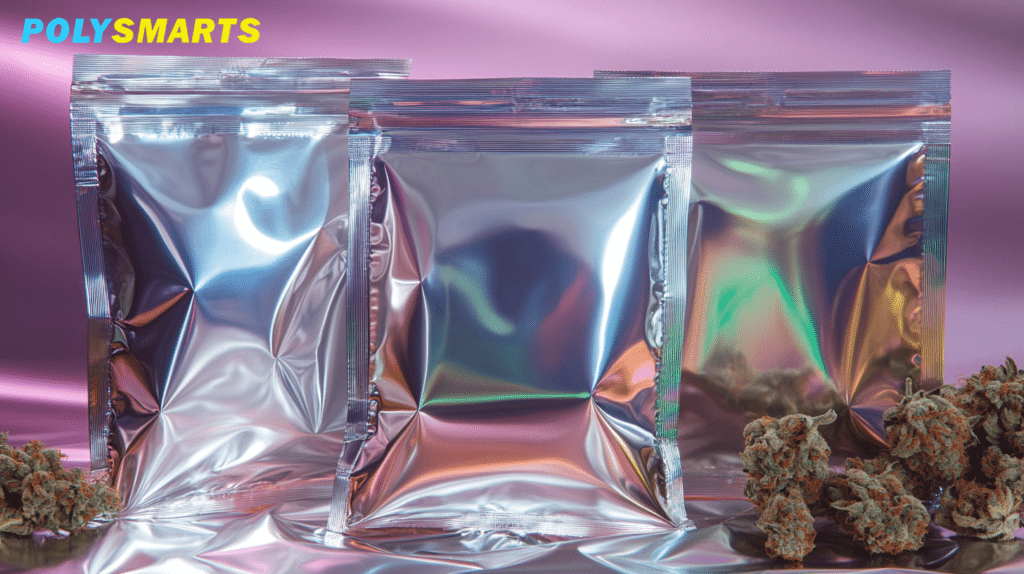
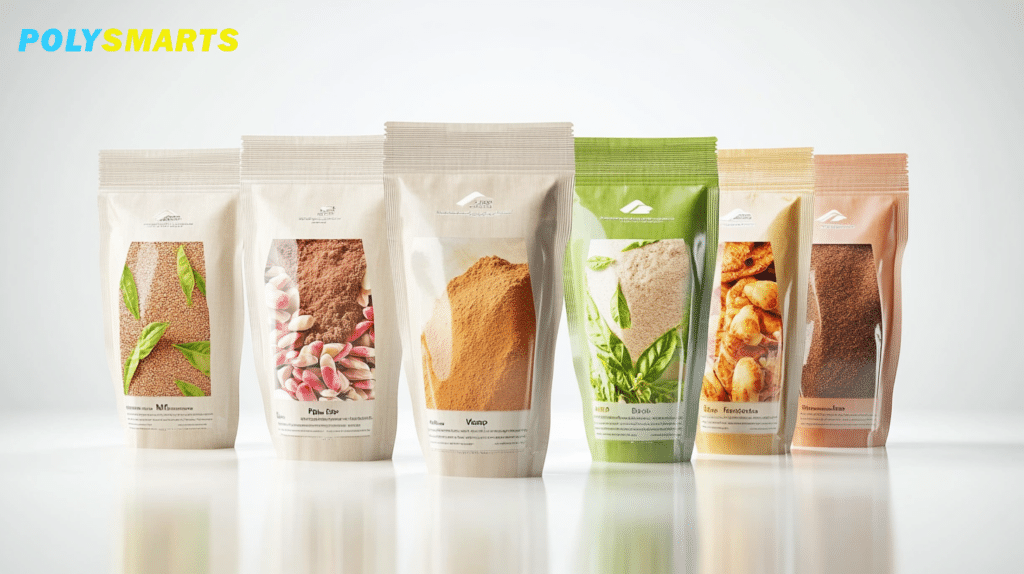
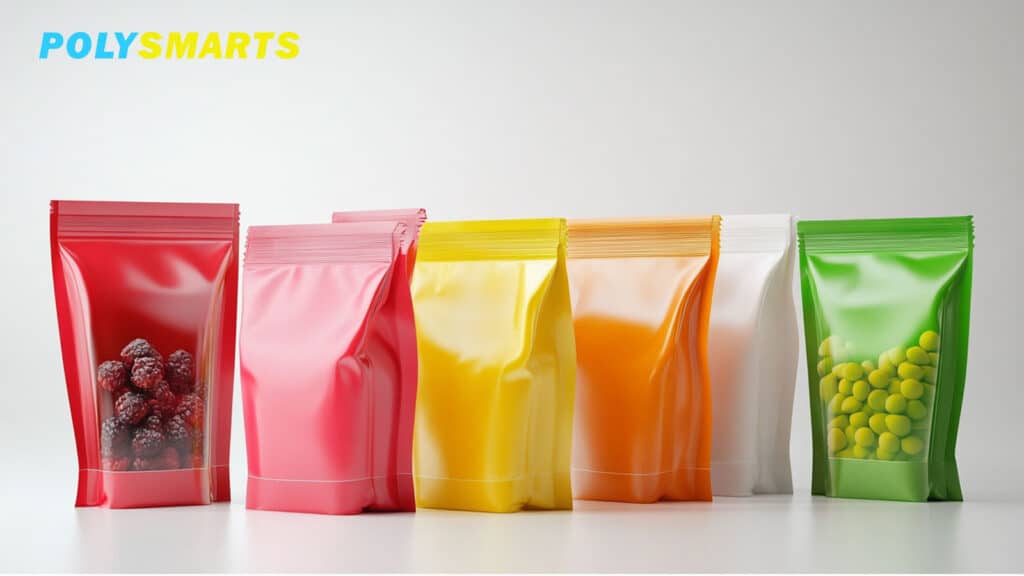
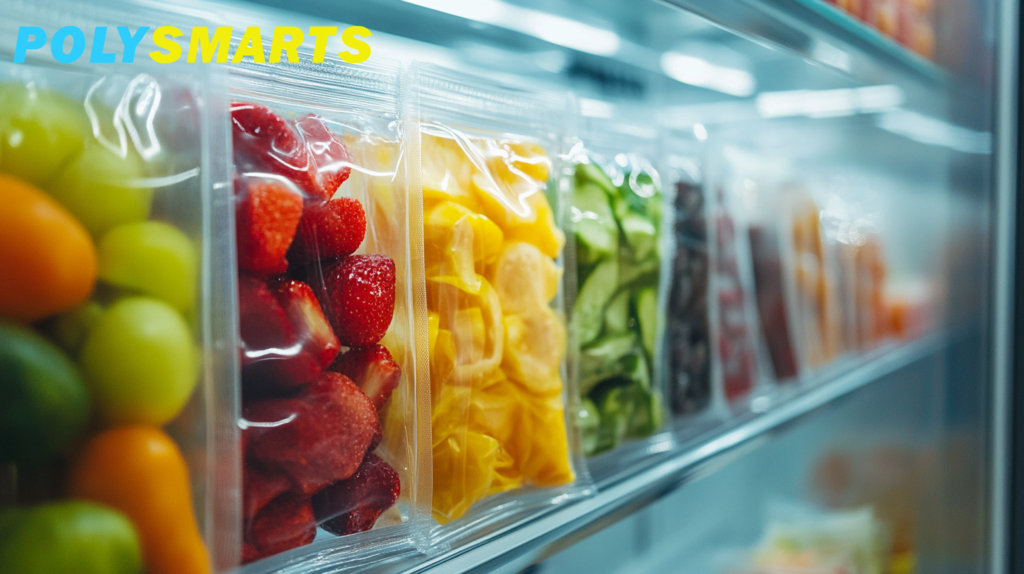
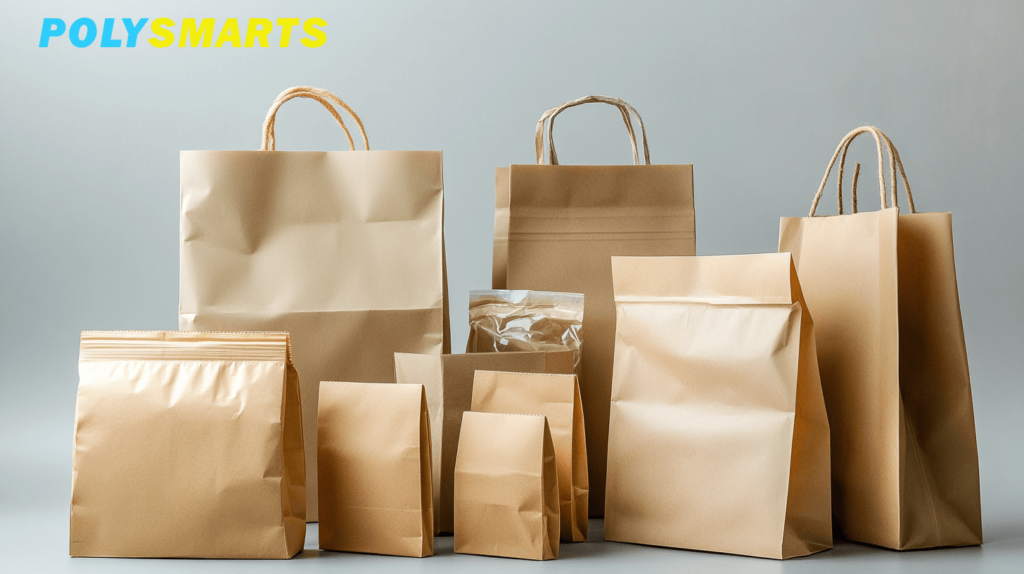
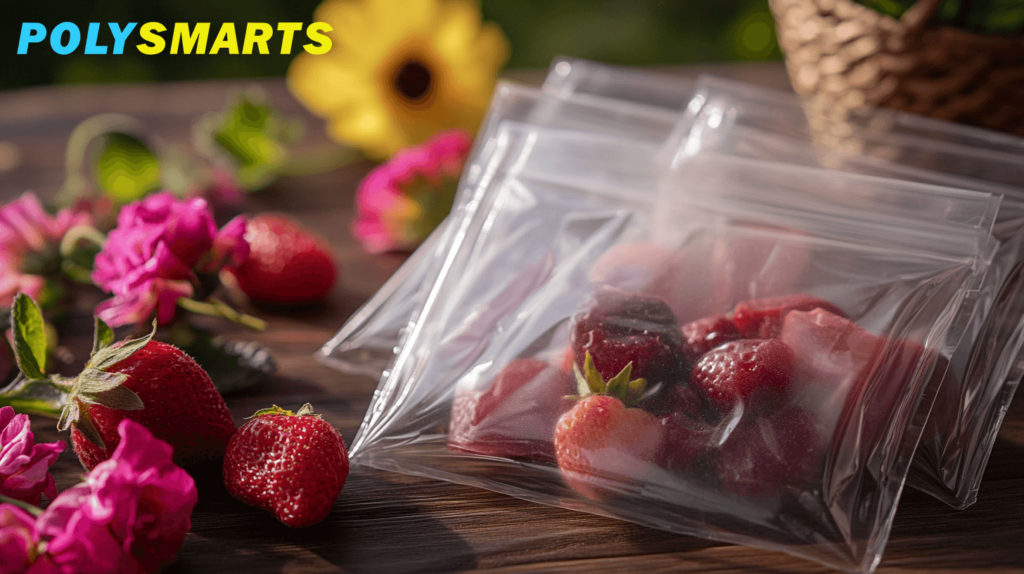
Simply fill out the form below as best you can. Don’t worry the details.
Flexible packaging bags offer superior versatility compared to rigid packaging. Learn how these innovative bags can be customized for countless applications from food to medical uses.